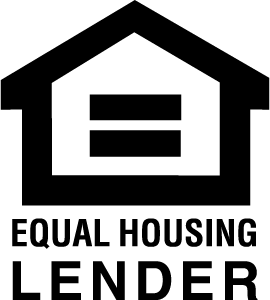
The Housing Affordability Index (HAI) was created by the National Association of REALTORS® to help measure the ability of the typical family to afford a typical home. The index takes into account recent home sale prices, conventional mortgage interest rates and the regional median income level.
To interpret the index, a value of 100 means that a family with the median income has exactly enough income to qualify for a mortgage on a median priced home. An index above 100 signifies that a family earning the median income has more than enough income to qualify for a mortgage loan on the median priced home, assuming a 20 percent down payment.
For example, a composite HAI of 120 means a family earning the median family income makes 20 percent more than is necessary to qualify for a conventional loan covering 80 percent of a median-priced existing single-family home. An increase in the HAI shows that this family is better able to afford the median priced home.
While the index gives a high-level view to how accessible homeownership is in a given market, the calculation assumes a down payment of 20 percent and that the mortgage principal and interest payment will not exceed 25 percent of the family’s monthly income. Some mortgage products may have differing requirements, so homebuyers should consult with a professional mortgage loan officer to determine how much home they can afford.









 ©2025 Prosperity Home Mortgage LLC®. (877) 275-1762. 3060 Williams Drive, Suite 600, Fairfax, VA 22031. All first mortgage products are provided by Prosperity Home Mortgage, LLC®. Not all mortgage products may be available in all areas. Not all borrowers will qualify. NMLS ID #75164 (For licensing information go to: NMLS Consumer Access at
©2025 Prosperity Home Mortgage LLC®. (877) 275-1762. 3060 Williams Drive, Suite 600, Fairfax, VA 22031. All first mortgage products are provided by Prosperity Home Mortgage, LLC®. Not all mortgage products may be available in all areas. Not all borrowers will qualify. NMLS ID #75164 (For licensing information go to: NMLS Consumer Access at